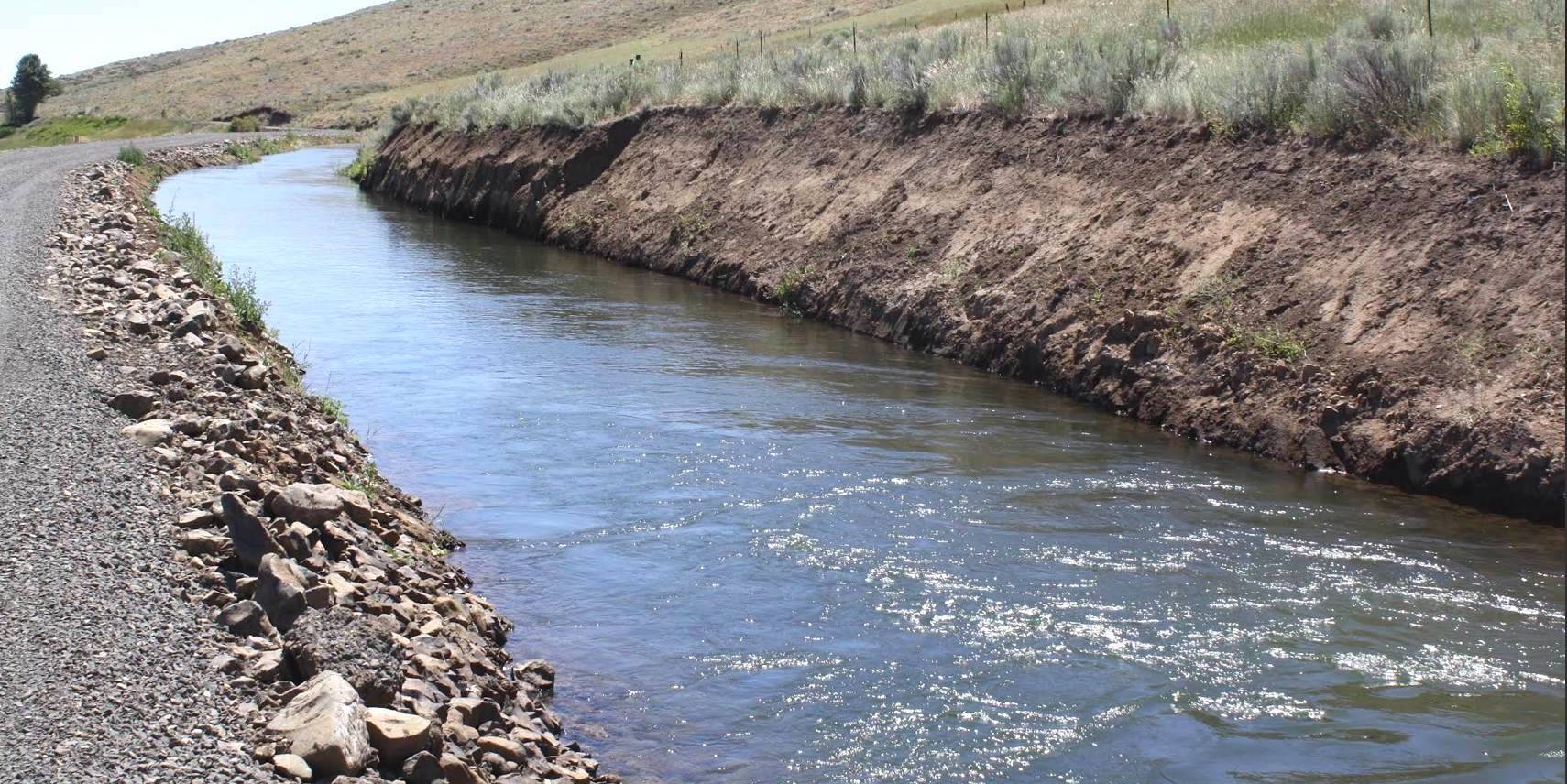White Bluffs bladderpod listed as threatened
Published 2:21 am Friday, January 3, 2014
A native plant along the Columbia River has been listed as threatened, but a Franklin County Farm Bureau leader says concerns about the impact to private property have been alleviated.
Trending
The U.S. Fish and Wildlife Service recently affirmed its decision to list the White Bluffs bladderpod as threatened under the Endangered Species Act.
Bridget Moran, consultation and conservation planning division manager for the U.S. Fish and Wildlife Service, said the agency will develop a recovery plan for the bladderpod. The process typically takes up to a year, she said. The agency will look for conservation partners to help with recovery.
According to a press release, the service revised the designation for the bladderpod to limit the critical habitat to federal lands, excluding private property and state lands, in response to information provided by the public, including aerial photography and visits with landowners.
Trending
The exclusion of private property from critical habitat alleviated some concerns for James Alford, president of the Franklin County Farm Bureau.
But he remains concerned that some U.S. Bureau of Reclamation ground with waste way canals containing water for irrigation could be considered part of the critical habitat. The bureau expects to review maps in January.
“It’s part of an infrastructure that we depend on,” he said.
“We do not believe this listing will have any impact on private landowners or their water use,” Moran said.
The bureau said private property was not considered because it has been altered or wasn’t suitable for the plant, Alford said.
“The ground has been altered, excavated, gravel roads, canals, sprayed chemicals, so it’s the same logical thought process,” he said.
The bureau and other organizations challenged the position that the White Bluffs bladderpod was a unique species through DNA testing. oran said the genetic report submitted to the agency included language by the author that the results could not be considered definitive or final. The agency consulted five separate experts, who unanimously concluded the results were insufficient to warrant a change, she said.
Alford said his organization is having the DNA results peer-reviewed.
“They don’t have the money to do their own DNA testing, yet in their action plans they would like to allocate more than $500,000 within the next five to 10 years to see how they could work on saving the plant,” he said.
Alford felt the DNA results were not acknowledged by the service.
“It’s kind of against what the Endangered Species Act is, considering they’re supposed to utilize the best technology available,” he said.
“The scientific underpinnings of all our decisions are of high importance to us,” Moran said.
Moran does not see remaining questions or a further need to examine the study.
The bureau is asking for donations to the Washington Farm Bureau legal foundation, which has handled funding for the bladderpod issue, including the cost of DNA testing.
The bureau will meet with the Franklin County Natural Resources Advisory Committee and stakeholder groups in January.
The bureau hopes to continue the peer-review process on the results of the DNA testing. Alford said there have been instances during formation of the action plan where a species is no longer or was never threatened.
“It becomes eligible for removal (from the endangered species list),” he said. “We want to get to that point, because we want it to have the least amount of impact on the farmers.”
The service believes threats to the bladderpod include wildfire, excess groundwater-induced landslides and slope failure and harm by recreational activities and off-road vehicle use.







